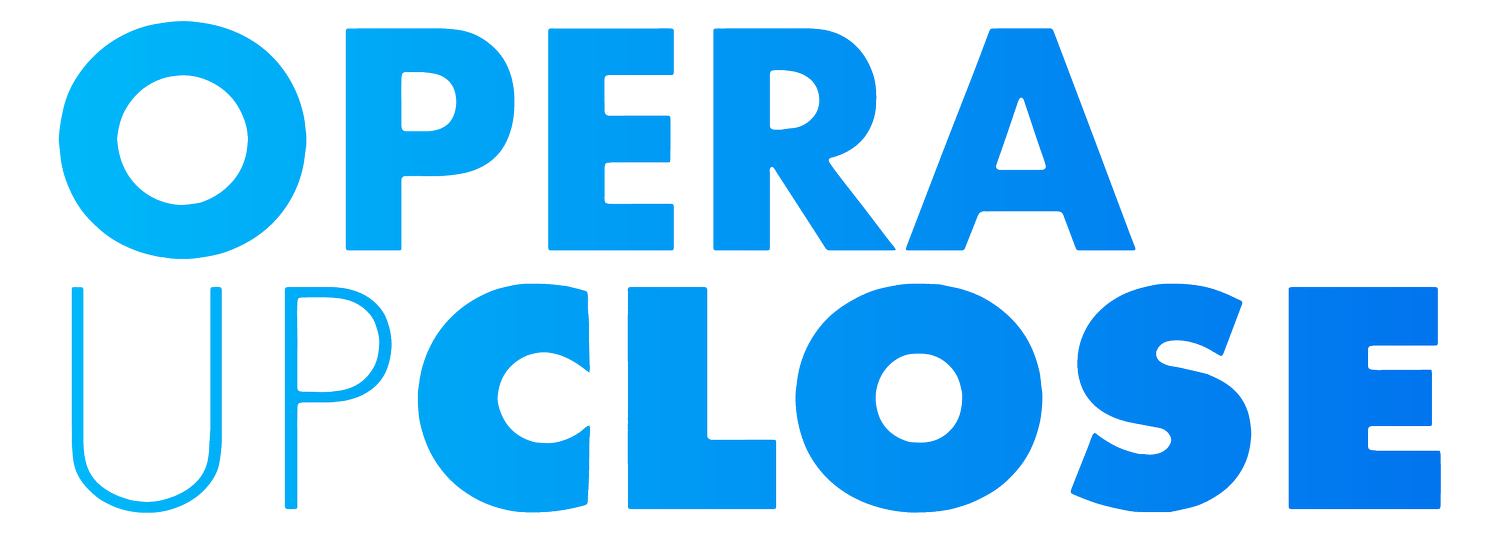Binnacle, more than your average cat.
Five things you probably didn't know about Binnacle (or puppetry for that matter!)
By Matt Hutchinson (Ulla's Odyssey Puppet Designer, Director)

Binnacle weighs less than a bag of sugar.
His body is totally hollow. He started life as a miniaturised sculpt from a type of clay, which we then covered in cling film and gaffer tape. Cutting off the pieces that form Binnacle's shape, we work out a pattern laid flat. This is then enlarged to the right size and printed out before being cut from foam and glued together. It's a process that is used in a lot of puppet making, resulting in well structured but very lightweight forms that can carry a huge amount of detail in shape.
Binnacle in Ulla's Odyssey
Photo by Christopher Tribble
2. It's generally believed that for a puppet to live, and for an audience to believe in it, it needs three main things.
1.Breath. But that doesn't necessarily mean we need to see the puppet breathing constantly like its about to hyperventilate (we breathe all the time and it just happens). Breath is an extension of thought and an energy source for movement.
2. A relationship to gravity. A knowledge of the puppet's weight distribution, how it holds and moves that weight. When we counterbalance, we are under the direct control of gravity as it's pulling us over/down. How do we not fall over? Our brain tells us to counter act and redistribute our weight so we stay in control. Brain showing thought and therefore life.
3.A focal point. This doesn't always have to be where the puppet is looking, more what the puppet is focusing on. A focal point can also be a sound or a smell they might sense, however more often than not it is what the puppet's eyes are looking at. The point here is that we are showing the puppet's brain processing information and acting upon it.
These three things are the bare bones of what underpin a good puppet performance. We as an audience need to be convinced that the puppet has its own thought processes and is a living thing in order to believe.
3. Most puppets fall into one category of classification, for example glove, rod, shadow, marionette.
Binnacle doesn't really fit into any of these classifications. To an extent he is a rod puppet as his head and body are controlled by rodded handles, but not to the extent of a true rod puppet. He also is also what's known as a composite puppet, meaning many different things make up his composition, this is usually seen in object puppetry, where many different items may assemble to represent a figure. It's not uncommon for puppets to be hybrids.
Puppets are story telling tools, and we need our tools to work in the best way possible. You wouldn't cut your lawn with a set of nail scissors. They'd do the job, but not in the most efficient manner.

4. When Binnacle appears in full form (with legs) the puppeteer team have to work in very close harmony with each other, being mindful and aware of each other's movements.
They must communicate silently to be perfectly in sync with each other. This is done by working through the puppet. The lead puppeteer - in control of the head - initiates all movement. This is because the brain is located in the head and the head therefore controls the thought, action and breath which can help lead movement.
5. Puppetry and Opera are a perfect pairing.
Opera being a heightened style of performance can be very illustrative in its language and musical stylings. Puppetry is a great visual representation for this, it too being a heightened style of performance. The real crossover though, and partly one of the reasons that I feel it works so well, is opera is able to lend a voice (either through libretto or score) to puppetry, which can often be silent or vocally detached. It provides a soundtrack, underscore or lyrical choreography or illustration for movement. Puppetry for opera conjures visuals to further illustrate a rich and deep score, full of detail. The two feed into each other, complement each other and also offset each other to show the other's beauty so, so easily. Ulla's score is wonderfully textured and a great source for puppetry. As much as there are stage directions and lyrics that dictate necessary action, there's also a huge amount written into the score that helps show larger pictures or greater detail, examples include Cy-ops's movement and processing patterns, Sylla's tentacles, the crashing and impact of waves, the extent of the Goddess's power and how she can manipulate the environment around her and objects around her.
